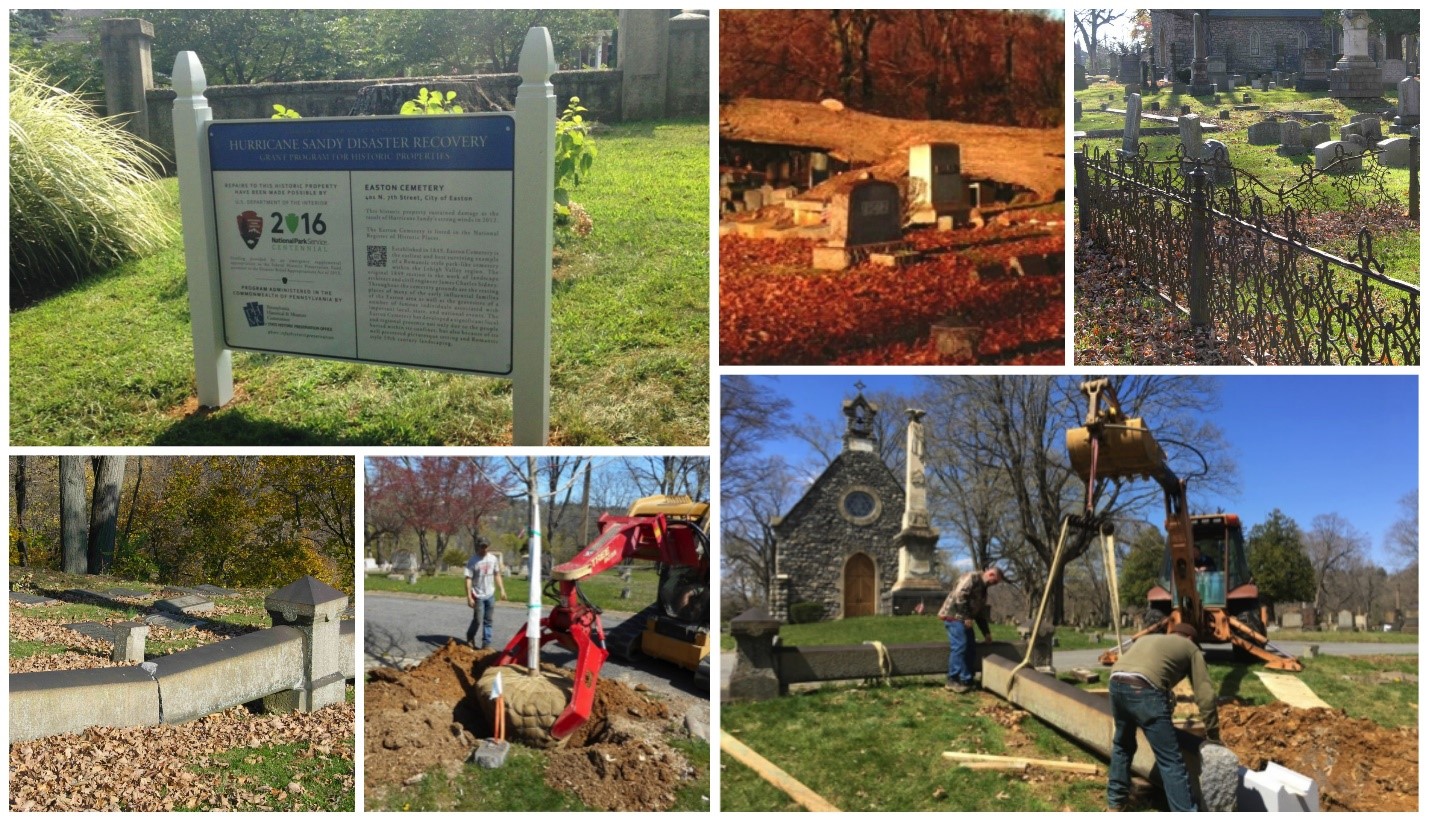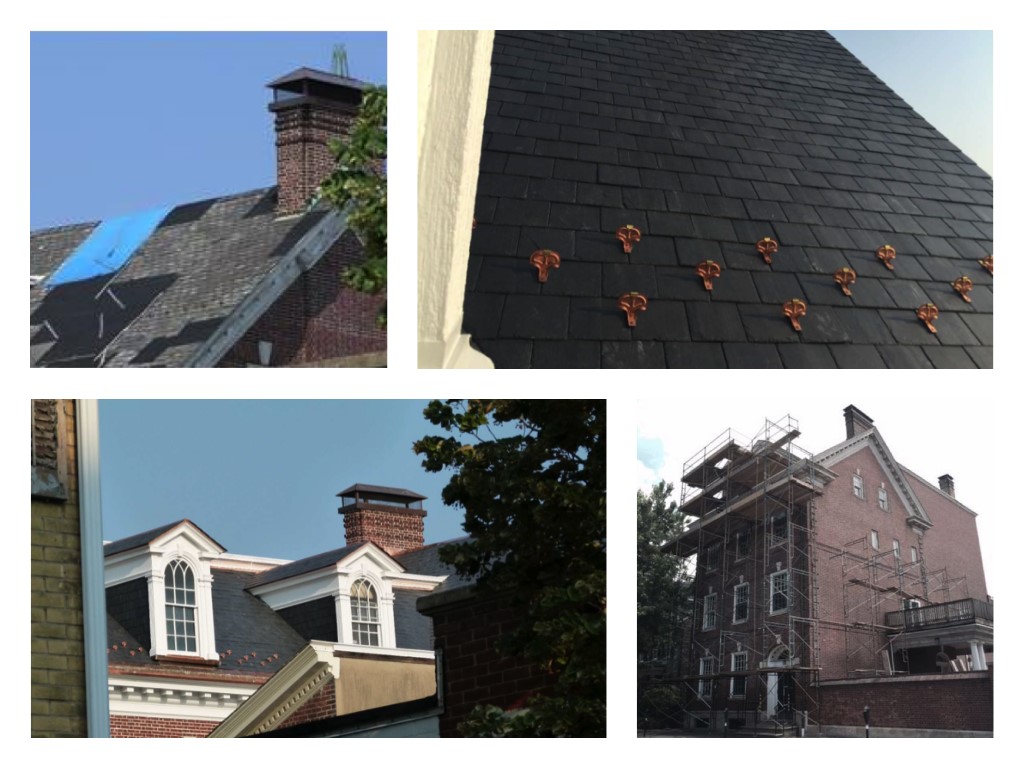Projects & Outreach
Symposium on Flooding and Pennsylvania's Historic River Towns
On June 8, 2016, the first-of-its-kind "Symposium on Flooding and Pennsylvania's Historic River Towns" attracted a diverse audience of preservationists, emergency managers, engineers, architects, floodplain managers, planners, concerned citizens and property owners, and elected officials, and helped to foster a common understanding of this critical issue and its challenges, as well as facilitate the creation of new interdisciplinary alliances to address them. It was intended to be the first conversation of many on this critical topic.
The Symposium convened in historic downtown Lewisburg, where nearly 40% of the borough's charming historic district is in the floodplain of the Susquehanna River. The speakers and attendees explored not only the implications of federal flood insurance reform on towns like Lewisburg and their historic districts, but also the complex issue of how to sensitively retrofit these towns' historic buildings for flood mitigation purposes in a manner that preserves their character and integrity and will not preclude their historical designation.
The Symposium program guide from June 8, 2016 may be viewed and downloaded
here.
Recovery Grants
PA SHPO awarded a total of $134,500 in Hurricane Sandy Disaster Recovery for Historic Properties grants to two properties in Pennsylvania that were damaged during Hurricane Sandy. Both properties are located in the City of Easton, Northampton County, which sustained some of the most severe wind damage in the state during Hurricane Sandy in October 2012.
Easton Cemetery (circa 1849)
401 N. Seventh St., City of Easton, Northampton County

Established in 1849, Easton Cemetery is the earliest and best surviving example of a Romantic style park-like cemetery within the Lehigh Valley region of Pennsylvania. The original 1849 section is the work of landscape architect and civil engineer James Charles Sidney, widely regarded as one of the pioneers of landscape architecture in the United States. Sidney, who described himself as a "Rural Architect," also designed the South Section of the historic Laurel Hill Cemetery and the first section of Fairmount Park (1859) in Philadelphia. Throughout the cemetery grounds are the resting places of many of the early influential families of the Easton area as well as the gravesites of a number of famous individuals associated with important local, state, and national events. The Easton Cemetery has developed a significant local and regional presence not only due to the people buried within its confines, but also because of its well preserved picturesque setting and Romantic style 19th century landscaping.
Hurricane Sandy's high winds impacted Easton Cemetery in several ways, but wind damage to the cemetery's tree canopy was particularly severe. More than 20 historic and mature trees were torn down by the winds or were so damaged that they had to be removed. Sex additional mature trees were heavily damaged and required major branch and stem removal. Fallen tree branches and limbs damaged wrought-iron plot and crypt fencing, a granite coping stone, and other monuments, necessitating an extensive debris removal effort. The cemetery's gatehouse also saw damage to its roof.
All Hurricane Sandy damage to the cemetery was repaired by the spring of 2016.
Howard Riegel Residence (1909)
214 Spring Garden St., City of Easton, Northampton County
Contributing Resource to the Easton Historic District

The former Howard Riegel mansion, listed in the National Register of Historic Places as a contributing resource within the Easton Historic District, is a Colonial Revival building constructed in 1909. The Easton Historic District is an example of an intact commercial and transportation center of national importance since colonial times. This prominence developed due to Easton's favorable location at both the junction of the Lehigh and Delaware rivers and the mouth of the Great and Lehigh valleys. As a result, Easton occupied a unique position along major east-west and north-south trade routes, enabling its inhabitants to establish a commercial dominance over a wide area. The wealth that this dominance created is reflected in the many architecturally outstanding buildings that remain from almost all periods of the city's development.
Hurricane Sandy's winds damaged the Riegel Residence's roof, which as a result allowed rain to enter the house, particularly on the east side. Water entering on the fourth floor necessitated repainting and replastering of walls and repair of the hardwood floor. Slate shingles and bricks were dislodged and blown about the area, including onto the lower roofs and ground. Portions of the building's three chimneys were also damaged, with bricks and mortar displaced by winds.
All Hurricane Sandy damage to the Howard Riegel Residence was repaired by the spring of 2016.